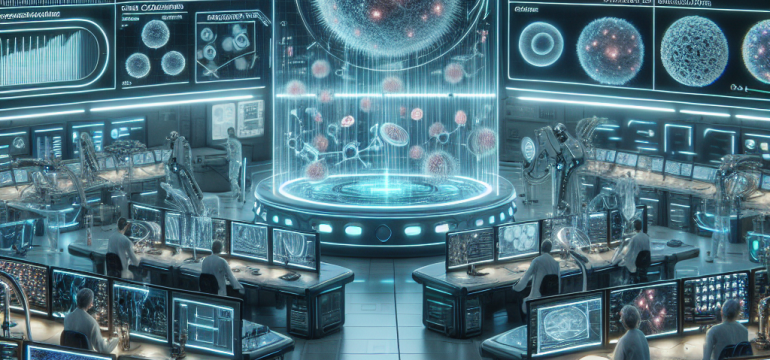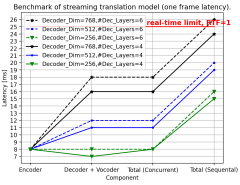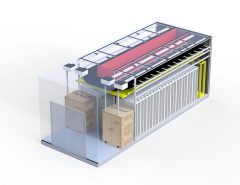AstroSight
Elevator Pitch: AstroSight revolutionizes neuron research by providing unparalleled accuracy in astrocyte imaging with our cutting-edge AI segmentation tool. Boost your research efficiency and contribute to groundbreaking discoveries in neurodegenerative disease treatment today.
Concept
Deep Learning-assisted Astrocyte Segmentation for Neuroscientific Research
Objective
To provide neuroscientists with advanced tools for the accurate analysis of astrocyte differentiation in iPSCs, enhancing disease modeling, and drug screening.
Solution
Developing an AI-powered platform using the FDNet, which segments astrocytes from microscopy images, overcoming the current obstacles of manual observation and the lack of annotated datasets.
Revenue Model
Subscription-based access for research institutions, universities, and pharmaceutical companies, along with pay-per-use analysis services and customized AI model development.
Target Market
Biomedical research facilities, university research departments, pharmaceutical companies focused on neurodegenerative diseases, and medical technology vendors.
Expansion Plan
Starting with neurodegenerative research facilities, expand to cover other areas of biomedical imaging and diagnostics, incrementally adding to the annotated dataset and improving AI capabilities.
Potential Challenges
Technical challenges in handling diverse datasets, running computational costly deep learning models, and achieving a high level of segmentation accuracy; initial uptake by researchers accustomed to manual methods.
Customer Problem
Difficulty in accurately segmenting and monitoring astrocyte differentiation, which is critical for disease modeling and drug discovery in neurology.
Regulatory and Ethical Issues
Compliance with medical data protection regulations such as HIPAA; ensuring ethical use and sharing of data; managing intellectual property issues related to dataset contributions.
Disruptiveness
Disrupts current manual microscopy analysis practices, setting a new standard for accuracy and speed in neuron-related research.
Check out our related research summary: here.




Leave a Reply